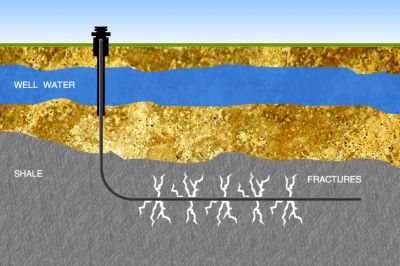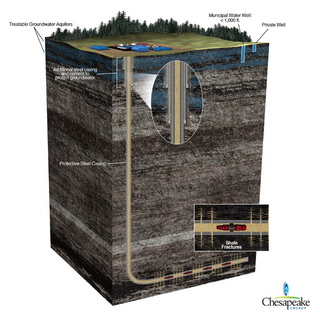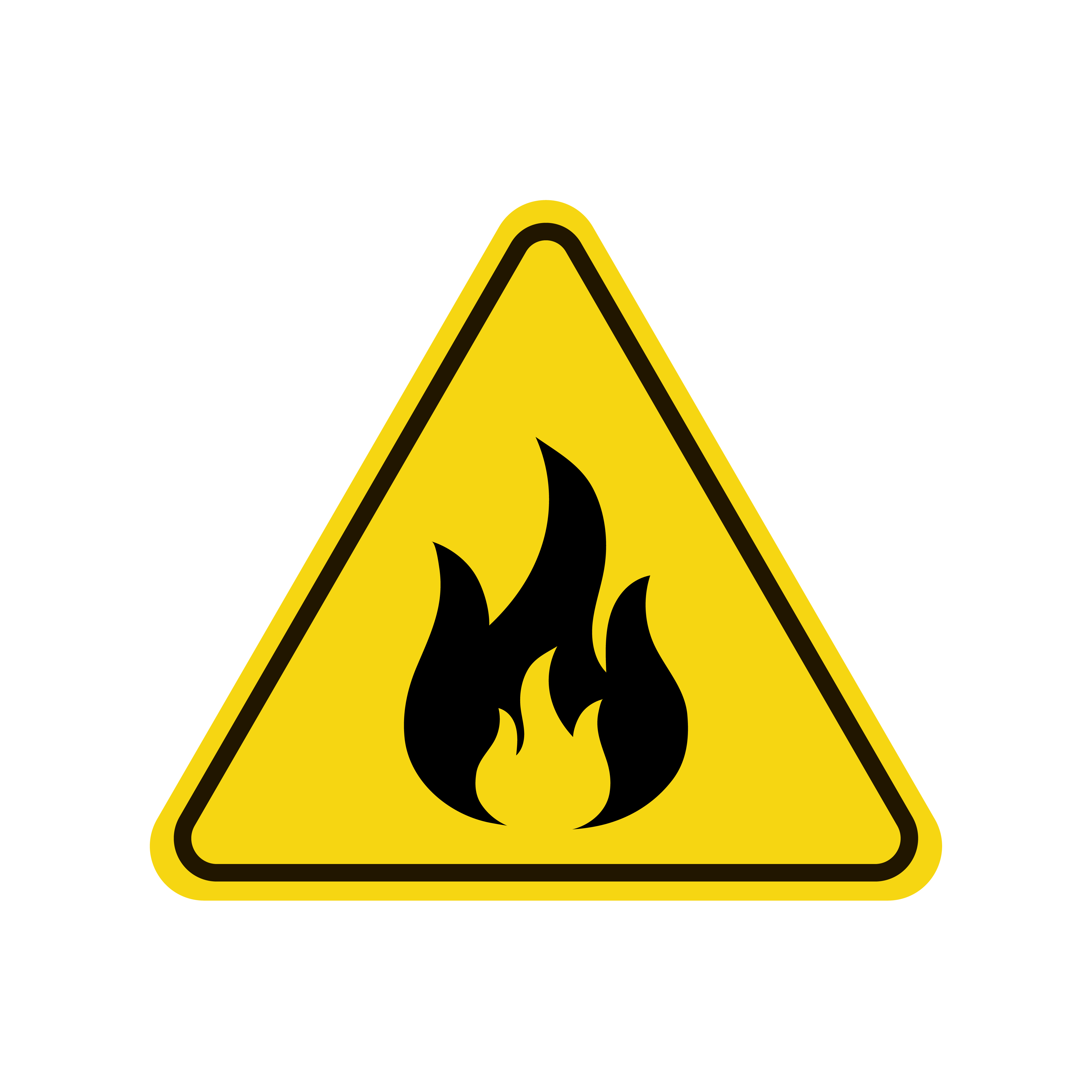‘Fracing' (Hydraulic Fracturing) – Questions and answers
With the advances and interest in hydraulic fracturing to harvest natural gas from within the Marcellus & Utica Shale deposits in Ohio, Pennsylvania, and West Virginia, many questions have arisen, including:
- Does hydraulic fracturing contaminate the aquifers that supply drinking water?
- How much water is utilized in the hydraulic fracturing process?
- Does hydraulic fracturing cause drinking water to become flammable?
- Do earthquakes result from the hydraulic fracturing process?
Depending on what advocacy group funded any research effort, the answers to these questions will probably be very different.
Perhaps a quick primer on hydraulic fracturing and a understanding of machinery and processes utilized will help shed some understanding on how forensic engineers can be of support. Hydraulic fracturing (“fracing”) involves drilling several thousand feet into the ground and using a mixture of water, sand and other propping agents, or proppants to fracture the surrounding rock formation. Hydraulic fracturing is typically used for horizontal drilling to gain access to as much of the shale formation as possible. Once the driller has reached the desired horizontal distance of drilling, the shale formation is fractured using a large and highly pressurized volume of the fracing fluid. The proppant chemicals in the fracing fluid are designed to hold the fractures in the shale open, releasing the natural gas that is trapped within the shale. This released gas can then be harvested and recovered for commercial use.

Following are some common terms related to hydraulic fracturing process:
- Aquifer : an underground layer of water-bearing permeable rock or unconsolidated materials (gravel, sand, or silt) from which groundwater can be usefully extracted using a water well.
- Casing: a series of steel/cement seals installed along the path of the well to ensure no leakage of natural gas or proppant.
- High Pressure pumping: the machinery and process utilized to cause fracture shale and release gas.
- Proppant: a material that will keep a induced hydraulic fracture open, during or following a fracturing treatment, while the fracking fluid itself varies in composition depending on the type of fracturing used, and can be gel, foam or water-based.
When looking at the entire system of running a hydraulic fracturing well the entire process entails everything from infrastructure design to distribution and delivery. Machinery and products such as pumps, wellheads, casing seals, and material handling equipment (MHE) all play their role throughout the process of hydraulic fracturing and are a constant source of potential failures leading to insurance claims and litigation.
In general, mechanical engineers investigate the mechanical machinery that is utilized to drill and extract gas from the shale deposits. Material scientists and welding engineers can examine casings, components and welds for alleged failures. Civil engineers can assess foundation structures and water retention ponds and the roads that carry the heavy water laden tanker trucks.
The Energy Team at CED Technologies can assist in fracing related claims, offering assistance and expertise every step of the way from design and construction to processing and distribution.
Featured Engineer: Gregory J. Paulsen, P.E., CPE, CFEI , Mechanical Engineer
Submit a case or claim online.
Contact a CED Engineer in your region.






